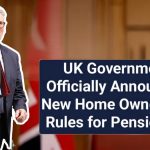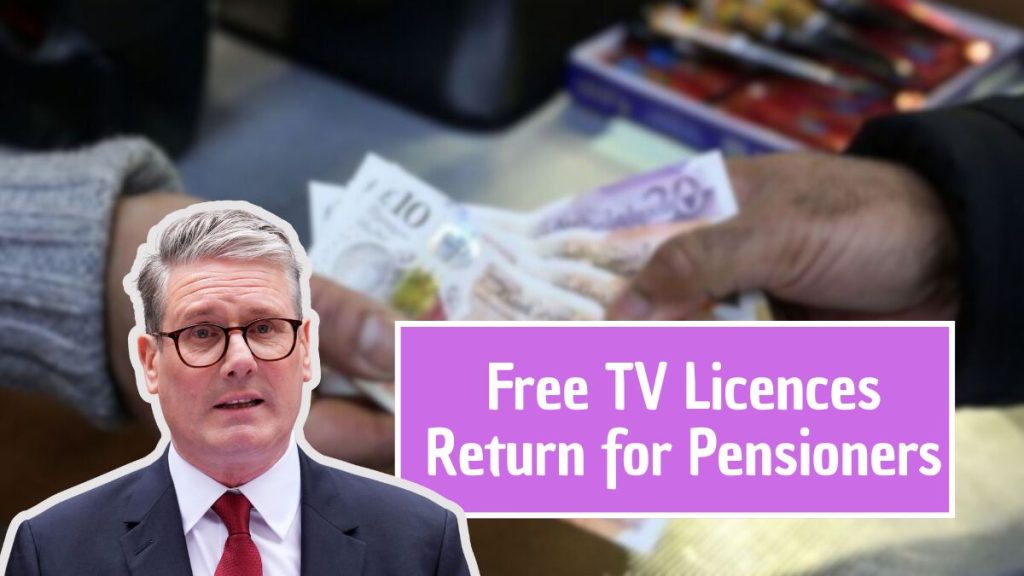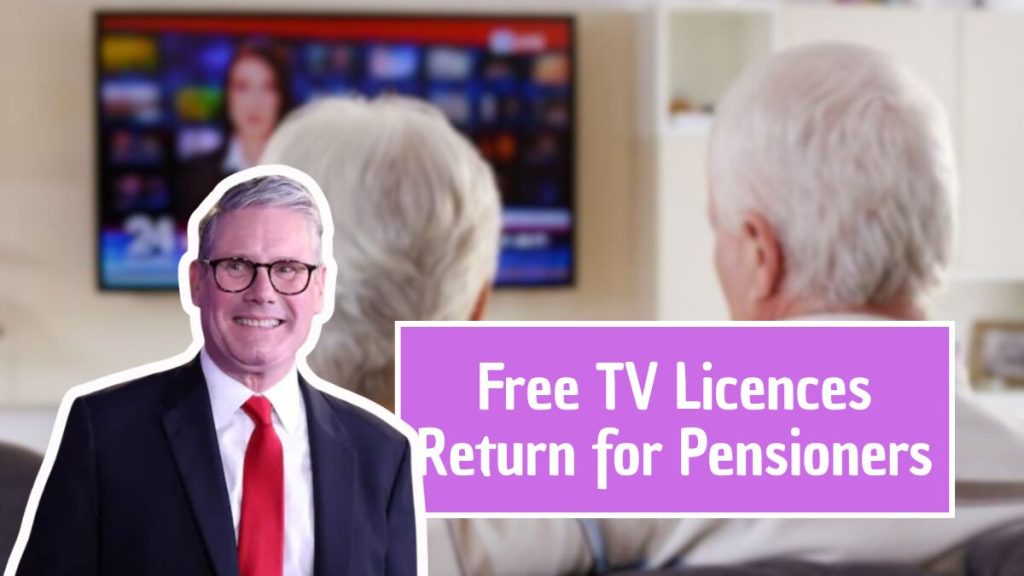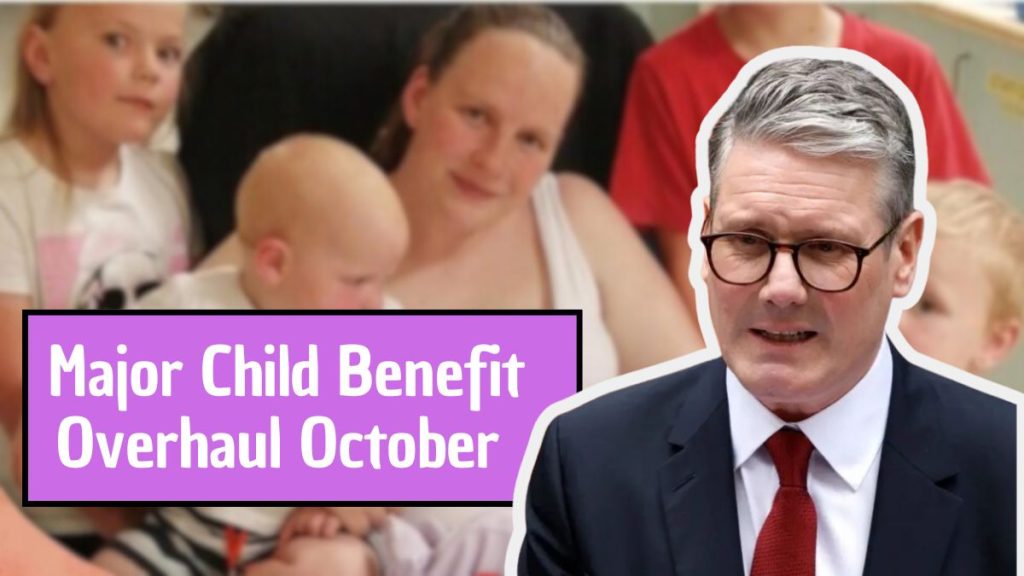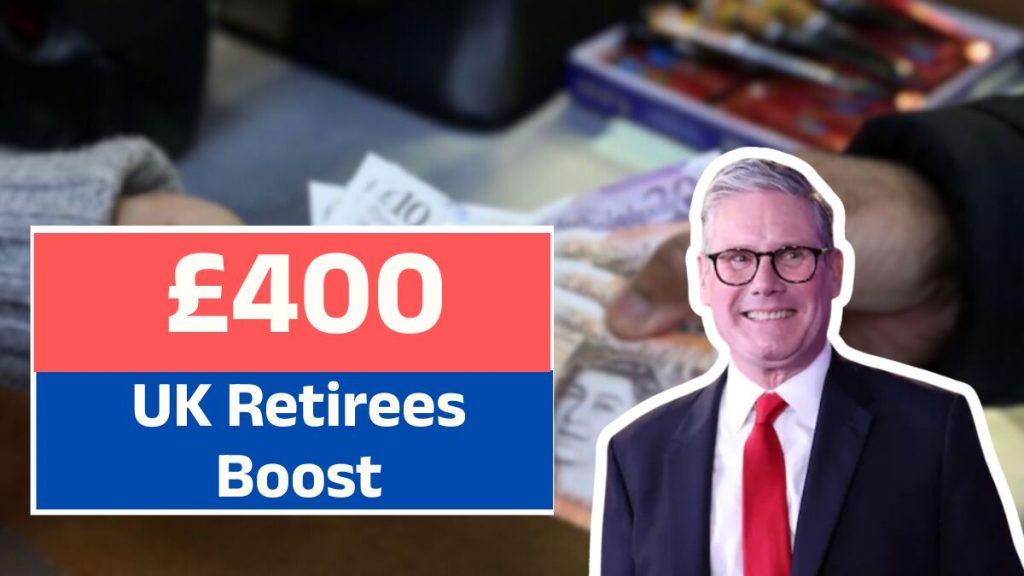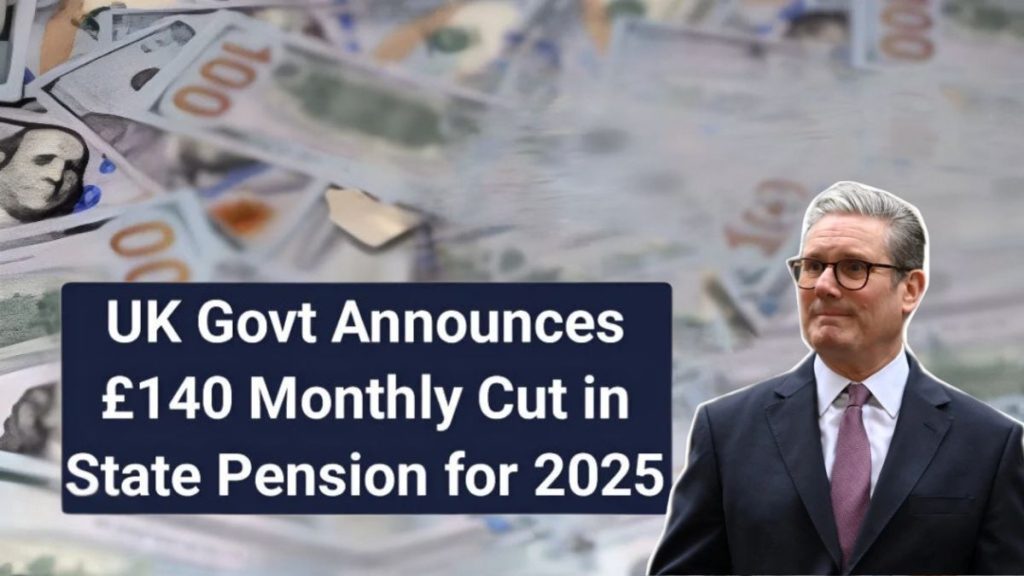The UK Government has officially confirmed a £500 Cost of Living Payment for 2025 to help households struggling with rising expenses. The Department for Work and Pensions (DWP) has stated that this payment will target those hit hardest by inflation — particularly low-income families, seniors, caregivers, and people with disabilities.
Rather than one lump sum, the DWP will distribute the £500 in three smaller installments across the year. This ensures that support reaches families when they most need it — particularly during months when heating bills, food costs, and rent are at their peak.
Why the Government Introduced the £500 Payment
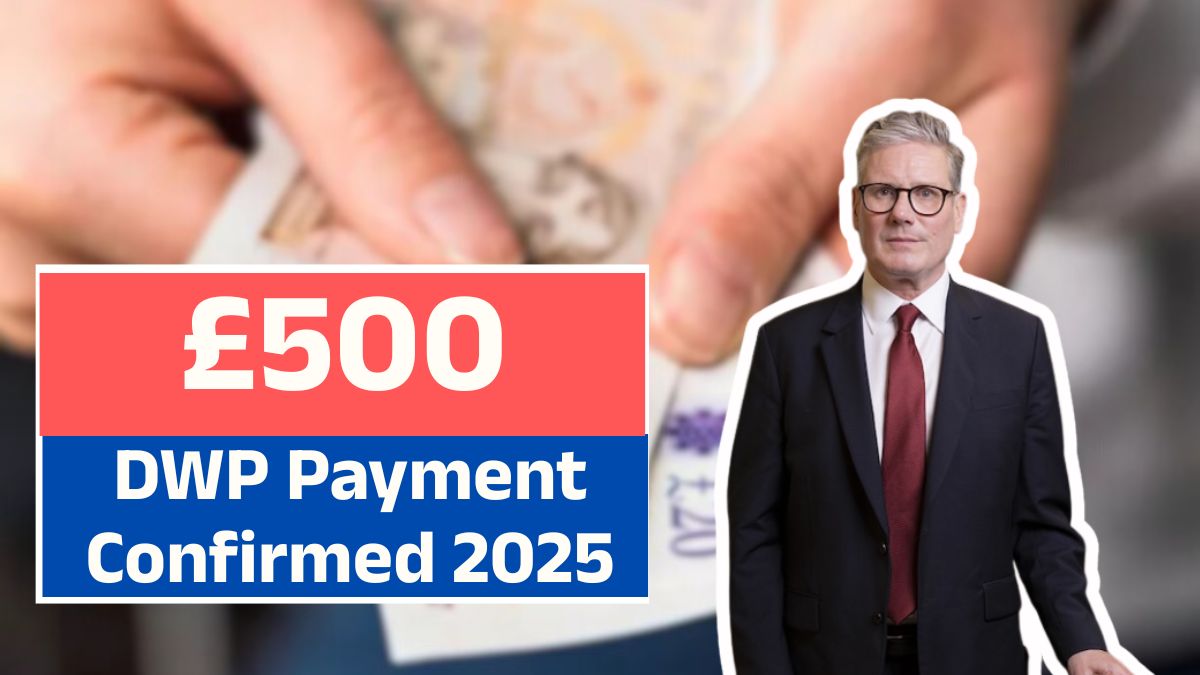
The DWP’s latest initiative follows months of growing pressure from advocacy groups and MPs to provide ongoing financial relief for struggling households. The rising cost of essentials — from energy bills and groceries to rent and transport — continues to squeeze family budgets.
The purpose of this payment is to reduce short-term financial pressure, provide predictable support throughout the year, and help stabilize household budgets before winter. Officials have confirmed that this round of support is designed to complement other benefit schemes, including Pension Credit, Warm Home Discount, and the Household Support Fund
£500 DWP Payment Overview
| Category | Details |
|---|---|
| Program Name | £500 Cost of Living Payment 2025 |
| Administered By | Department for Work and Pensions (DWP) |
| Payment Amount | £500 total |
| Distribution Method | Automatic bank transfer |
| Payment Schedule | March–December 2025 (in 3 phases) |
| Beneficiaries | Pensioners, low-income families, caregivers, disabled individuals |
| Additional Support | Warm Home Discount, Household Support Fund |
| Official Website | GOV.UK |
Who Is Eligible for the £500 Cost of Living Payment
Eligibility for the £500 payment depends on receiving one or more means-tested benefits administered by DWP or HMRC.
Those likely to qualify include:
- Individuals receiving Universal Credit.
- Pensioners on Pension Credit.
- Recipients of Income Support or Housing Benefit.
- People on Income-based Jobseeker’s Allowance (JSA) or Employment and Support Allowance (ESA).
- Families receiving Working Tax Credit or Child Tax Credit.
- People with disabilities claiming PIP (Personal Independence Payment), Disability Living Allowance (DLA), or Attendance Allowance.
- Registered caregivers or households with higher energy needs due to medical reasons.
Each payment will be made automatically to qualified individuals, based on the benefits they already receive — no separate application will be required.
Automatic Payments – No Application Needed
The government has made it clear that no one needs to apply for the £500 cost-of-living payment. The DWP and HMRC will automatically identify eligible households through their existing systems.
Funds will be directly deposited into bank accounts, typically under references such as “DWP Cost Support” or “UK COL Payment.” This automated process minimizes delays and ensures that assistance reaches those who need it most, without additional paperwork.
Payment Schedule: Three Phases from March to December 2025
To ensure consistent support, the DWP will distribute the £500 across three payment phases in 2025.
| Phase | Payment Period | Amount |
|---|---|---|
| Phase 1 | March – May 2025 | £301 |
| Phase 2 | July – August 2025 | Up to £200 |
| Phase 3 | October – December 2025 | Final top-up before Christmas |
The phased schedule is designed to coincide with peak expense periods, including the start of summer (when utility adjustments occur) and the winter holiday season.
How to Receive the £500 Payment
Receiving the payment is simple and fully automated. If you already receive a qualifying benefit, you don’t need to fill out forms or contact DWP.
However, to ensure smooth processing, recipients should:
- Verify bank details with the DWP or HMRC to prevent payment delays.
- Report any recent changes to income, household status, or address.
- Monitor bank accounts around the scheduled payment dates.
- Contact DWP immediately if payment does not appear within the published window.
In rare cases, some payments may be slightly delayed if records need updating or if individuals recently switched benefit types.
Additional Financial Support Available
Beyond the £500 cost-of-living assistance, several complementary programs will continue through 2025 to help low-income households cope with inflation.
1. Warm Home Discount Scheme
This program provides eligible households with discounts on winter electricity bills, helping them stay warm without excessive costs. Pensioners and families on certain benefits are automatically included.
2. Household Support Fund
Administered by local councils, this fund offers grants for food, heating, and basic essentials. While some councils distribute payments automatically, others allow applications through local authority websites.
3. Pensioner and Disability Boosts
Those receiving Pension Credit or disability benefits may also qualify for other one-off payments under DWP’s seasonal aid schemes.
Why the £500 Payment Matters in 2025
Even though inflation rates have begun to decline, the cost of essentials remains significantly higher than before 2022. Rent, utilities, and food prices continue to rise faster than wage growth, leaving millions of households in financial difficulty.
The £500 cost-of-living allowance represents an important step in protecting families’ purchasing power and preventing deeper poverty. For pensioners and disabled citizens on fixed incomes, this relief can make a measurable difference in day-to-day living.
Government’s Broader Strategy to Combat Inflation Pressure
The DWP emphasized that this payment is part of a broader anti-inflation and welfare stabilization strategy. Key goals include:
- Providing steady financial relief during the most expensive months.
- Reducing reliance on food banks and short-term loans.
- Supporting energy affordability ahead of the winter season.
- Reinforcing trust in government support systems.
By spacing out payments instead of offering one lump sum, officials believe families will be able to budget more effectively and maintain financial stability throughout the year.
How to Prepare for the Payment
To ensure you don’t miss the upcoming payments:
- Check eligibility: Confirm your current benefit status on GOV.UK.
- Update personal details: Log in to your DWP or HMRC account to make sure your information is accurate.
- Watch for official notices: The DWP will issue reminders before each payment phase begins.
- Beware of scams: The DWP never requests personal or bank details through calls, texts, or emails. Always verify messages via the official website.
Real-Life Impact of Cost-of-Living Support
Households across the UK have described previous DWP payments as a crucial lifeline during tough months.
For example, pensioners have used past installments to manage energy costs, while working parents have relied on the payments for groceries and transport. The new £500 plan, spread over multiple phases, is expected to further stabilize vulnerable families during an ongoing cost-of-living crisis.
The Bigger Picture
This £500 initiative shows the government’s continued focus on targeted financial relief rather than universal payouts. Analysts believe such schemes are more cost-effective while providing stronger protection to those who need it most.
Combined with local programs and seasonal benefits, the DWP aims to reduce economic inequality and prevent low-income citizens from falling deeper into debt.
FAQs on £500 DWP Cost of Living Payment 2025
1. Who will receive the £500 DWP payment?
People on means-tested benefits such as Universal Credit, Pension Credit, Income Support, ESA, or Tax Credits will qualify automatically.
2. When will the payments be made?
Payments will be made in three phases: March–May (£301), July–August (up to £200), and October–December (final top-up).
3. Do I need to apply for the payment?
No. The DWP will deposit the payment automatically into the bank accounts of eligible households.
4. Will pensioners and disabled people receive this payment?
Yes. Pensioners on Pension Credit and people with disabilities receiving PIP or Attendance Allowance are included.
5. What should I do if I don’t receive my payment?
Check your eligibility and contact DWP or HMRC directly. Ensure your bank details and benefit information are current.






